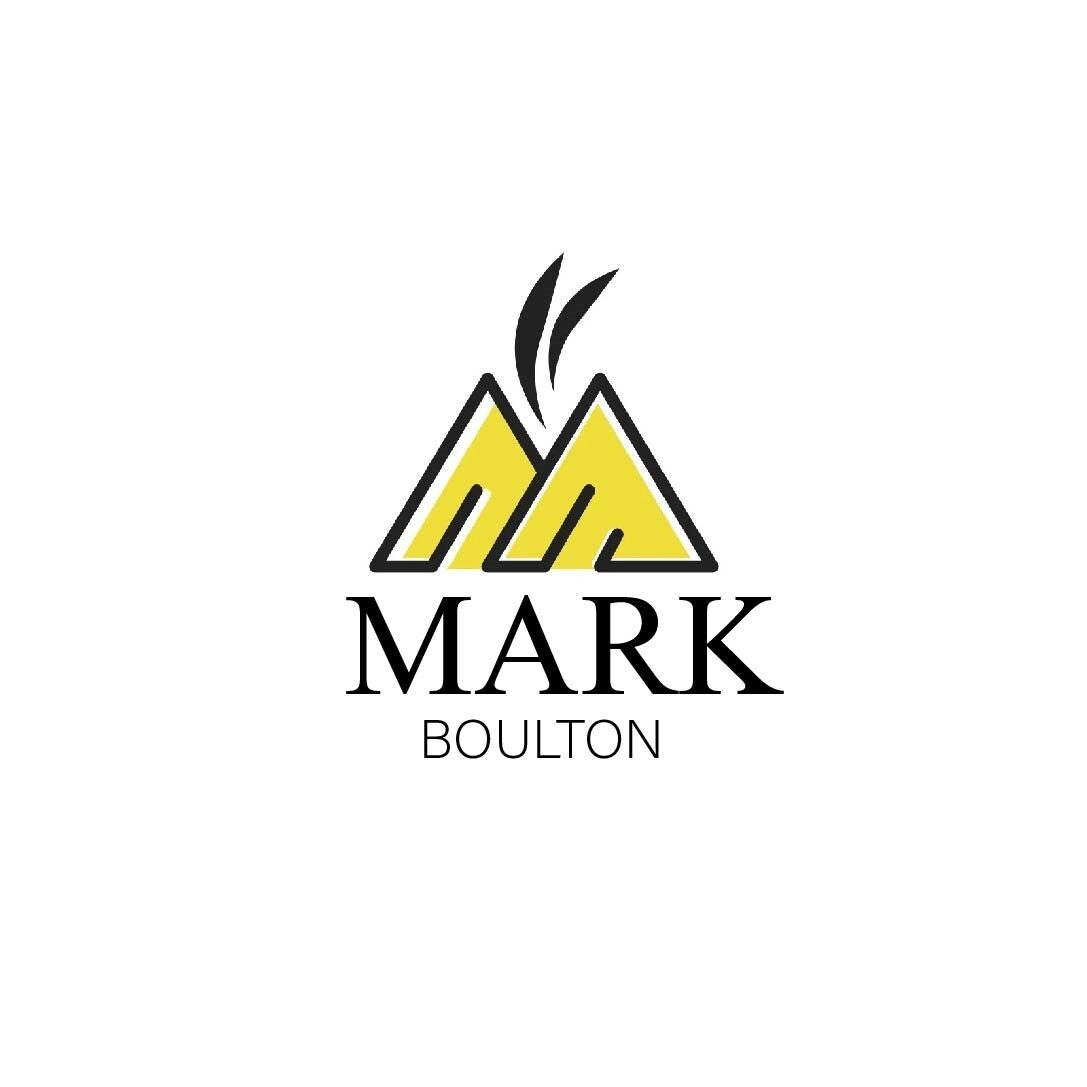Fashion is much more than just fabric stitched together; it is a compelling form of communication that transcends cultures and eras. It serves as a mirror reflecting society’s values, moods, and transformations while also acting as a canvas for personal identity and creativity. The power of fashion lies in its ability to express who we are, where we come from, and sometimes even where we want to go, all without uttering a single word.
Every outfit chosen tells a story, whether consciously or subconsciously. Fashion reveals our personality, aspirations, and emotions, making it an intimate extension of ourselves. People use clothing to signify belonging to particular groups, to rebel against norms, or to simply embrace aesthetics that resonate with their inner selves. This silent language, rich in symbolism, enables individuals to navigate social spaces, celebrate diversity, and assert their unique place in the world.
At the core of the fashion world are the designers and creators who transform ideas into tangible expressions. Their role is to push boundaries, challenge conventions, and inspire change through their work. Fashion is an art, where each collection reflects a dialogue between tradition and innovation. Designers often draw upon history, culture, and current events to craft pieces that resonate with audiences on multiple levels. This interplay of influences ensures that fashion remains fresh, relevant, and deeply connected to the world it inhabits.
The industry itself has undergone a remarkable evolution. Once confined to exclusive runways and elite circles, fashion is now a global phenomenon accessible to all. Social media and digital platforms have democratized style, enabling individuals from all walks of life to share their unique looks and influence trends. This democratization has http://gzmilk.com/ broken down barriers, fostering a more inclusive environment where beauty is celebrated in its many forms and where diversity is not just accepted but embraced.
Technology has revolutionized fashion, altering both the creative process and consumer experience. Innovations such as 3D printing, wearable tech, and sustainable fabrics are expanding the possibilities of design. Online shopping, virtual fashion shows, and AI-driven styling tools offer convenience and personalized experiences like never before. These advancements are making fashion more interactive and responsive to individual needs, while also addressing growing concerns about environmental impact.
Sustainability has become a defining issue in the fashion landscape. The realization of the industry’s environmental footprint has led to a growing commitment to eco-friendly practices. From using organic materials to implementing recycling programs and reducing waste, the push for greener fashion is reshaping how garments are made and consumed. Consumers are increasingly seeking transparency and ethical responsibility, holding brands accountable for their social and ecological impact.
Fashion also acts as a powerful agent of social and cultural change. Throughout history, clothing has been used to challenge stereotypes, break taboos, and celebrate identity. Movements advocating for gender fluidity, racial equality, and cultural pride find expression through style, using fashion as a platform for visibility and activism. This transformative role highlights fashion’s capacity not just to reflect society but to actively shape and progress it.
On a personal level, fashion influences how people perceive themselves and engage with the world. Clothing choices can boost confidence, inspire creativity, and promote emotional well-being. Fashion functions as a form of self-care, a ritual of dressing that can uplift spirits and mark important moments in life. It connects individuals to memories, aspirations, and cultural narratives, embedding personal meaning into everyday wear.
From an economic perspective, fashion is a global powerhouse driving innovation, jobs, and culture. It encompasses a vast network of designers, manufacturers, marketers, and retailers working in synergy to meet consumer demands. The industry faces challenges balancing creativity with sustainability and profitability with ethical responsibility. Brands that thrive are those that adapt quickly, embrace inclusivity, and engage authentically with their audiences.
Ultimately, fashion is a fluid, living entity that grows with society, reflecting its complexities, dreams, and transformations. It is an artistic expression, a cultural commentary, and a personal statement all at once. As people continue to explore identity and connection, fashion remains an indispensable tool—a silent yet eloquent language through which individuals and communities narrate their stories and shape the future.
